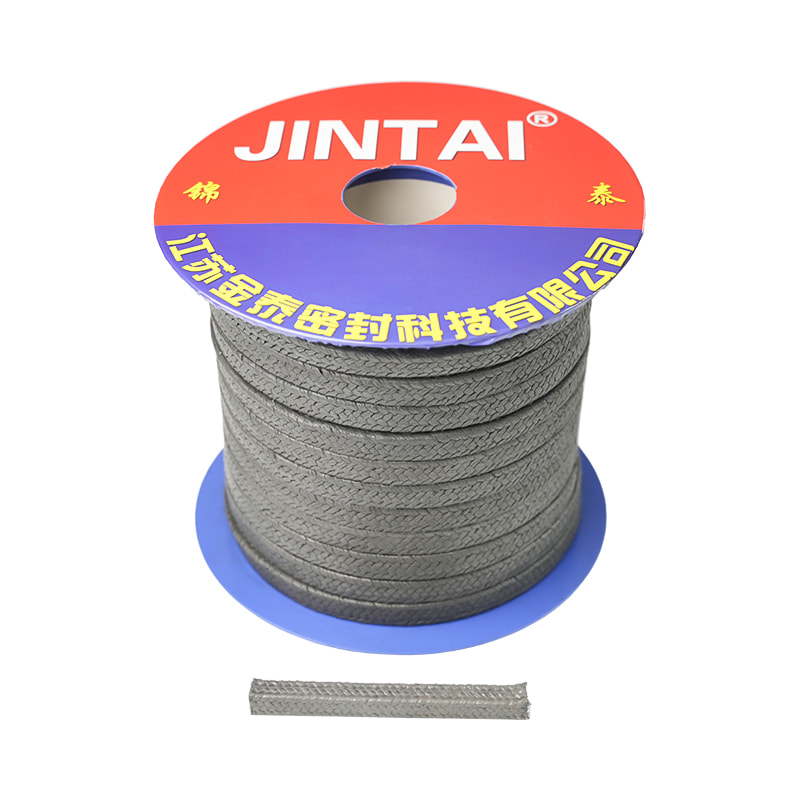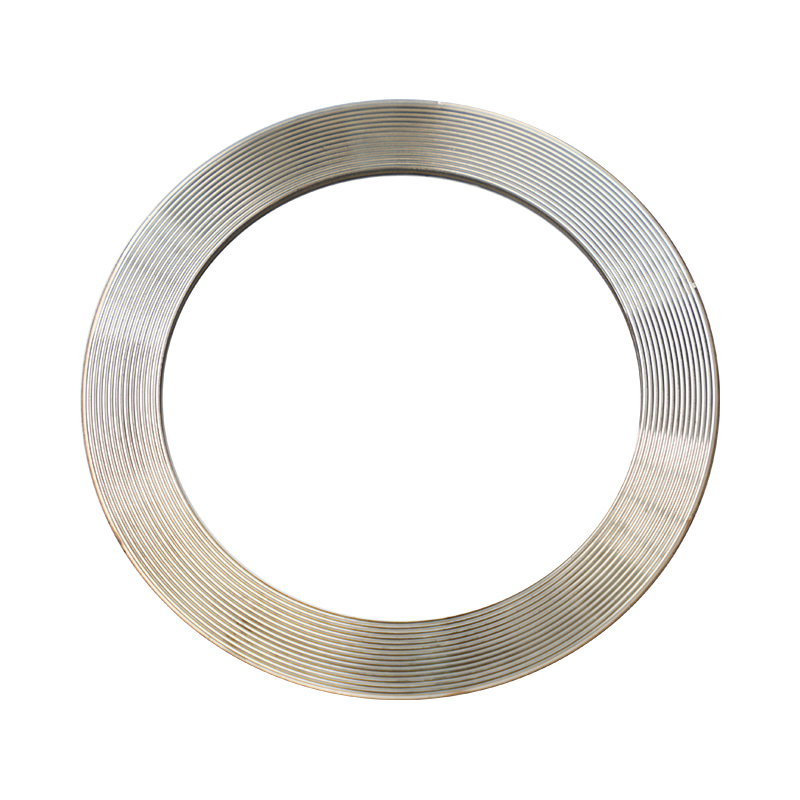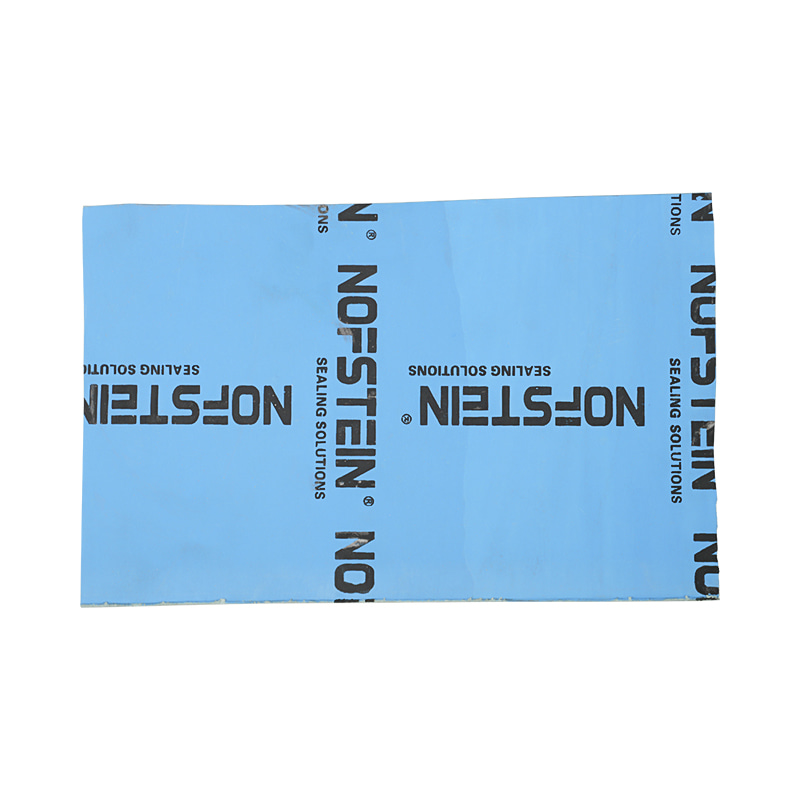Optimizing Sealing Integrity: Correct Installation and Extend high temperature gasket life for High temperature Gasket Sheet
 2025.11.24
2025.11.24
 Industry News
Industry News
For industrial operations in power generation, chemical processing, and steel manufacturing, the integrity of a sealed joint operating under extreme thermal conditions is paramount. Failure of a **High temperature Gasket Sheet** not only leads to system downtime but poses significant safety risks. Achieving a durable, leak-free seal requires more than selecting a quality product; it demands rigorous adherence to technical installation and maintenance protocols designed to **Extend high temperature gasket life**. Jiangsu Jintai Sealing Technology Co., Ltd., through its high-end Nofstein brand, specializes in providing advanced, environment-friendly sealing solutions, ensuring superior performance across demanding industries.
9900/9900N Improved Non Asbestos Filled PTFE Sheet Gasket Material
Pre-Installation Technical Readiness
The foundation of a reliable seal is the correct material and a properly prepared flange.
Material Selection: The Shift to Non-asbestos high temperature gasket materials
The industry has decisively transitioned to **Non-asbestos high temperature gasket** materials, driven by safety and superior performance profiles. Modern compositions—such as materials based on flexible graphite, compressed synthetic fiber, or mica—are engineered to maintain mechanical strength and chemical stability far exceeding traditional asbestos-based sheets. These materials offer improved resistance to thermal cycling and chemical attack, allowing plant operators to safely and effectively **Extend high temperature gasket life** across a wider range of service conditions.
Mastering Flange surface preparation for gaskets
Meticulous **Flange surface preparation** for gaskets is an often-overlooked step that dictates sealing success. The flange faces must be thoroughly cleaned to remove all remnants of old gasket material, rust, paint, or scale. Furthermore, the surface finish (roughness, typically measured by the arithmetic mean roughness, Ra) must fall within the gasket manufacturer's specification (e.g., 125 to 500 micro-inches Ra). A surface that is too smooth may not provide enough friction to resist blow-out, while a surface that is too rough will require excessive bolt load to fill the imperfections.
Installation Procedures and Engineering Metrics
Precise stress management is the core of effective gasket installation.
The Science of Gasket installation torque specifications
Adhering to strict **Gasket installation torque** specifications is vital to establishing the initial, necessary sealing stress. Insufficient torque will fail to achieve the required minimum seating stress (known as the 'Y' factor), leading to immediate leakage. Conversely, excessive torque can crush the **High temperature Gasket Sheet**, leading to structural failure and a rapid loss of bolt load. Proper tensioning, often achieved using calibrated torque wrenches or hydraulic tensioners, ensures the gasket material is compressed to its optimal density.
Comparison: Recommended vs. Excessive Torque (Impact on Gasket Performance):
| Torque Application Status | Gasket Seating Stress | Risk of Failure |
|---|---|---|
| Below Recommended Torque | Below Minimum Seating Stress (Y) | Immediate Leakage (Blowout Risk) |
| Excessive Torque (Over-tightened) | Above Maximum Design Stress | Structural Crushing, Rapid **High temperature gasket creep** |
Mitigating High temperature gasket creep relaxation
**High temperature gasket creep** relaxation is the phenomenon where the gasket material yields and loses thickness under sustained load and heat, resulting in a loss of bolt stress over time. This stress loss is the primary cause of long-term leakage. To mitigate this, especially with flexible graphite or compressed fiber **Non-asbestos high temperature gasket** materials, a mandatory "hot re-torque" procedure is often required. This involves re-tightening the bolts after the joint has reached its operating temperature, compensating for the initial material relaxation and helping to **Extend high temperature gasket life**.
Post-Installation Longevity and Maintenance
The total lifespan of the seal is determined by ongoing monitoring and material quality.
Strategies to Extend high temperature gasket life
To **Extend high temperature gasket life**, maintenance protocols should include controlled start-up procedures (gradually increasing temperature and pressure to allow for material stabilization) and regular inspection. The use of advanced sealing products from brands like Nofstein—which utilize superior compounding and manufacturing processes—provides a foundation of high performance, low-creep material that can better withstand thermal cycling and reduce the frequency of re-torquing interventions.
Quality Assurance in the Supply Chain
As a leading sealing technology enterprise, Jintai Sealing ensures that every **High temperature Gasket Sheet** we supply is manufactured under stringent quality control (ISO 9001/14001 certified). Our products, which have successfully passed the CiT environmental protection test and the national nonmetal test, confirm the reliability and adherence to safety standards of our **Non-asbestos high temperature gasket** sheets, providing our partners in the shipping, power, and chemical industries with certified, dependable sealing solutions.
Conclusion
Effective sealing in high-temperature environments is a specialized technical discipline. B2B professionals must select high-quality **Non-asbestos high temperature gasket** materials and rigorously execute all installation steps, from meticulous **Flange surface preparation** for gaskets to precise **Gasket installation torque** specifications and mitigation of **High temperature gasket creep**. By adhering to these protocols, plant operators can significantly improve system reliability and successfully **Extend high temperature gasket life**. Jintai Sealing Technology stands ready to meet the demands of major projects with our superior Nofstein sealing products.
Frequently Asked Questions (FAQ)
- What is the typical maximum temperature limit for **Non-asbestos high temperature gasket** sheets? The temperature limit varies significantly by material: compressed fiber sheets typically handle up to 450°C, while reinforced flexible graphite or mica sheets can often handle temperatures exceeding 1000°C under specific, controlled conditions.
- Why is a "hot re-torque" necessary for **High temperature Gasket Sheet**? Hot re-torquing is necessary because elevated temperatures cause the gasket material to undergo initial plastic deformation or **High temperature gasket creep**, leading to a measurable loss of bolt load. Re-torquing restores the crucial residual sealing stress required for leak-tightness.
- How does the Ra value of **Flange surface preparation** for gaskets affect sealing performance? The Ra (roughness average) value affects the seal's ability to "bite" into the flange. If the Ra is too high, the gasket cannot fill the grooves, causing leakage. If it is too low, the gasket is prone to lateral movement and potential blow-out.
- What is the difference between the 'm' factor and the 'y' factor in **Gasket installation torque** calculations? The 'y' factor is the minimum compressive stress (psi or MPa) required to initially seat the gasket material. The 'm' factor is the required multiplier used to maintain the seal under operating pressure, factoring in the fluid pressure. Both are essential for correct **Gasket installation torque** specification.
- What signs indicate the need to **Extend high temperature gasket life** through maintenance or replacement? The most direct indication is external leakage. Other signs include excessive bolt load relaxation, visible degradation (cracking or softening) of the material around the flange edges, or a noticeable increase in fugitive emissions detected by monitoring equipment.

 Eng
Eng  русский
русский










